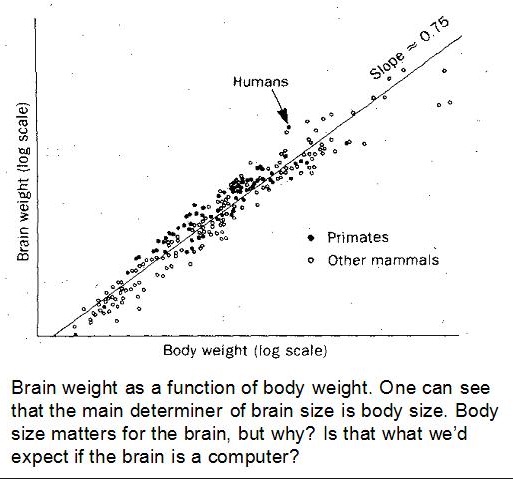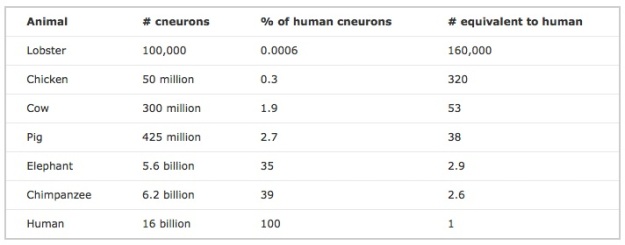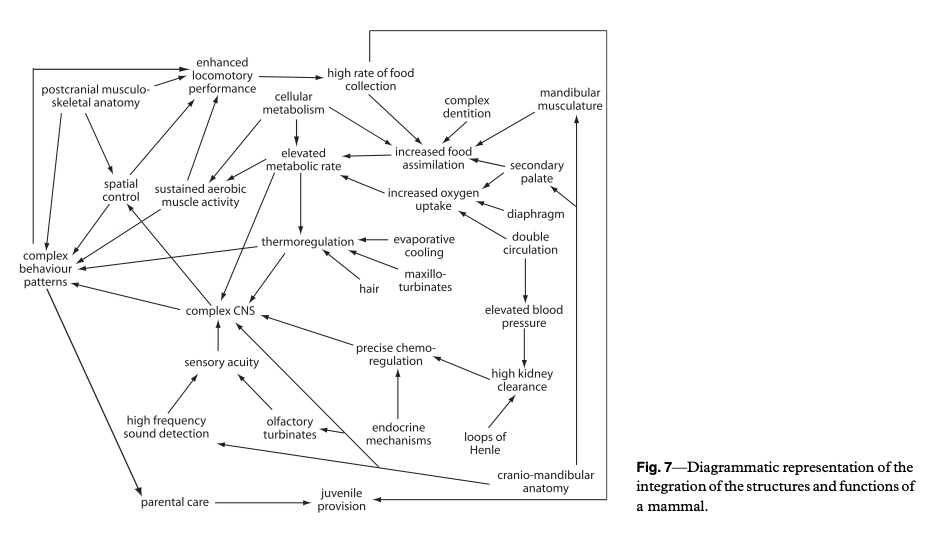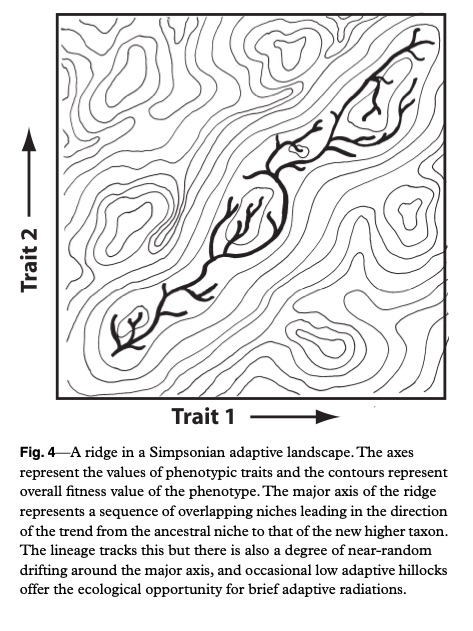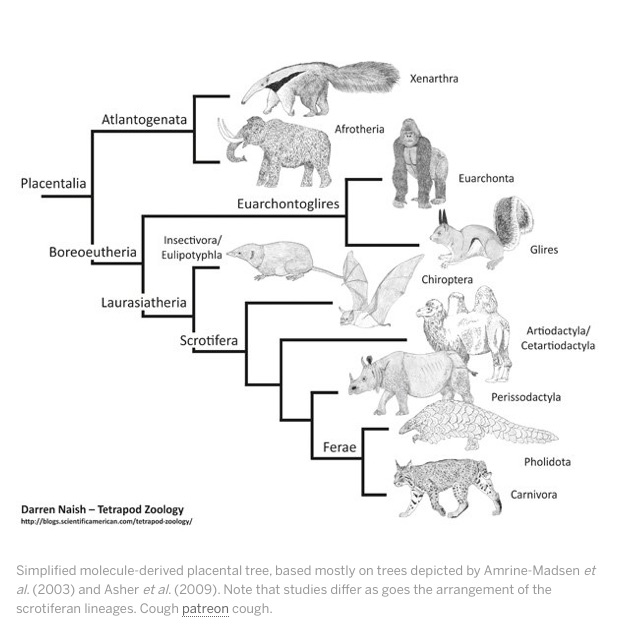There’s a dark side to being a primate. A few years back a review article summarized data on rates of lethal aggression in non-human animals. The figure below shows some of the results. Several clusters of especially violent species stand out in the figure, including primates (redder is more violent). Bats are pretty nice, though (too bad about all the viruses).
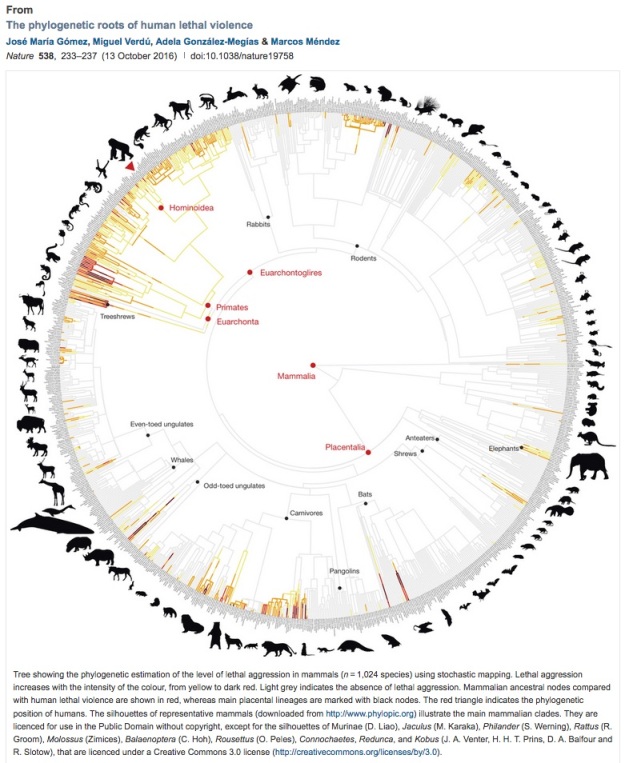
Much of the lethal aggression in primates involves infanticide. Sarah Hrdy demonstrated back in the 1970s that infanticide occurs regularly in Hanuman langurs, monkeys in India. A male who takes over a group of females will systematically kill offspring sired by the previous male. If you think evolution is about the survival of the species, this is hard to explain. But it makes sense given the logic of the selfish gene. Females who lose an infant return more quickly to breeding again, and the father of the next infant is likely to be the killer of the previous one.
Primates may be particularly vulnerable to this grim logic, because they spend a long time as infants. Among primates, commonly,
L/G>1
That is to say that the time, L, a female spends lactating for an infant (during which she is unlikely to conceive), is usually greater than the time, G, she spends gestating an infant. This puts particular pressure on males to hurry things along by eliminating nursing infants fathered by other males.
Death of Astyanax
As a result, infanticide is relatively common among primates, and females under particularly strong pressure to find ways to avoid it. Hanuman langurs live in one-male units, where a female has little choice about who she mates with. In other species, by contrast (most baboons, chimpanzees), multiple males reside with multiple females. In these species females are often sexually promiscuous, sometimes actively soliciting multiple males for sex. This is probably mostly a matter of confusing paternity sufficiently to suppress the threat of infanticide. There’s a general lesson here: females are not always monogamously inclined, but female promiscuity generally has different evolutionary roots than male promiscuity.

